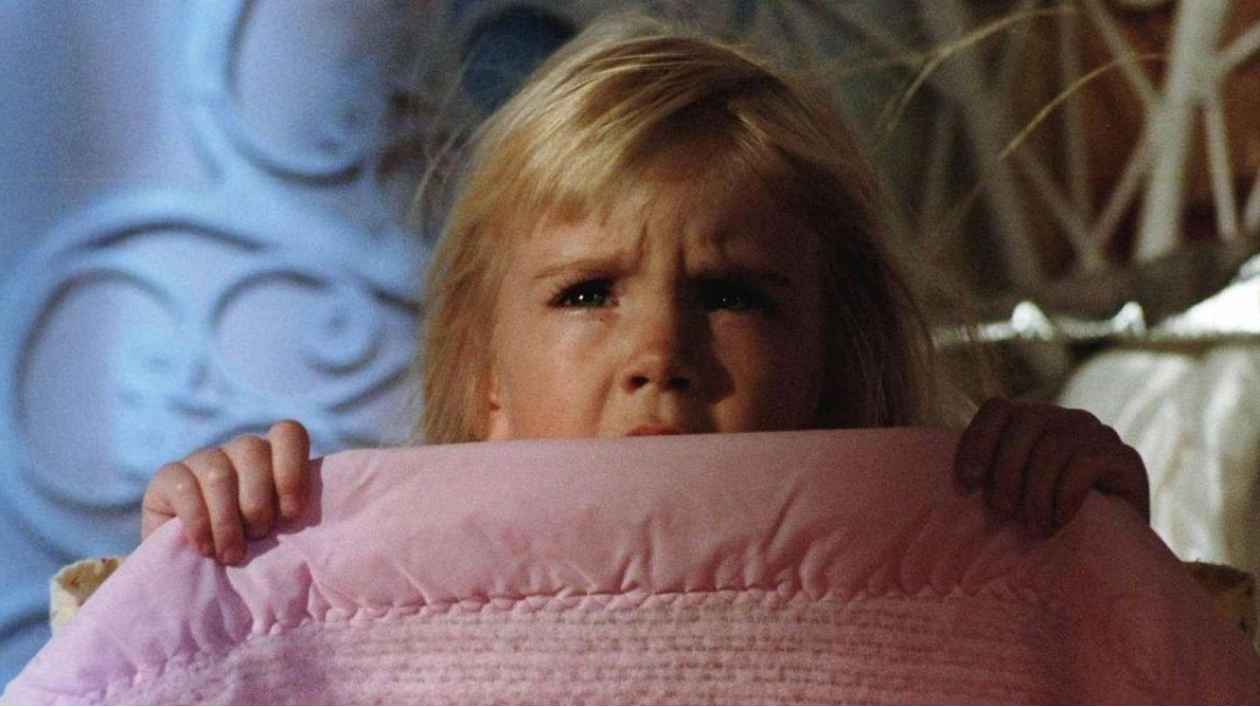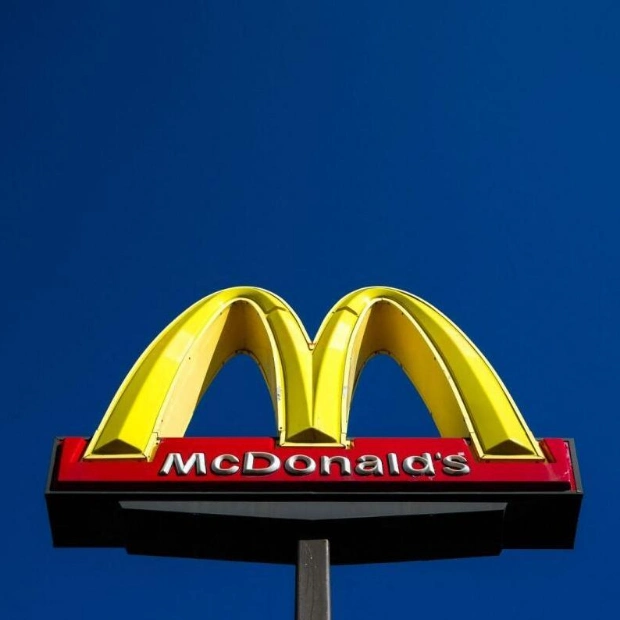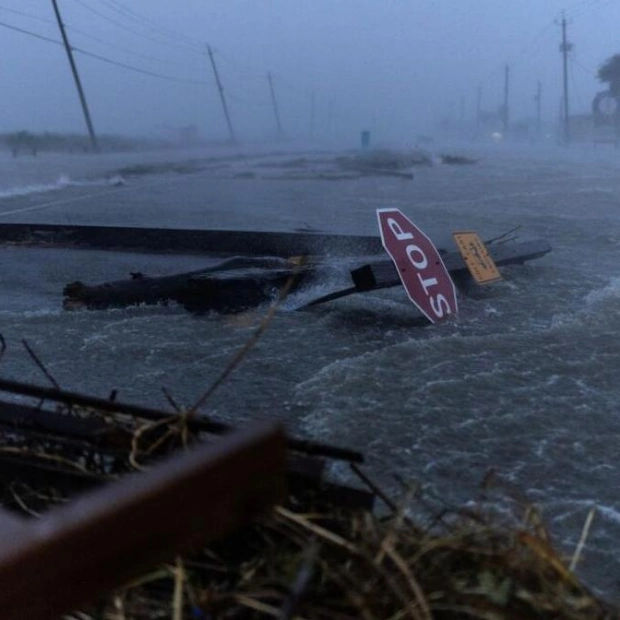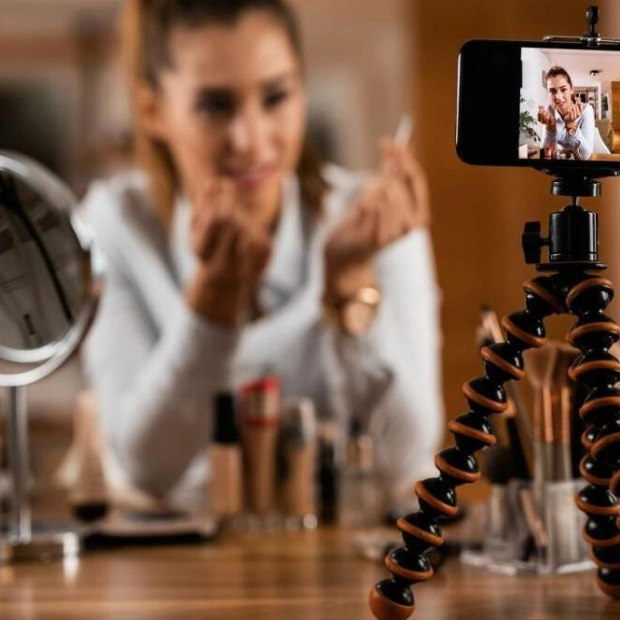Certain individuals simply fail to comprehend. When you inform them of your passion for horror films, their expressions twist in bewilderment—perhaps tinged with revulsion. How could anyone derive pleasure from being frightened? This query is precisely what the Recreational Fear Lab, situated at Aarhus University in Denmark, has devoted itself to investigating. Through various studies, the lab aims to unravel the mechanisms by which recreational fear—encompassing rollercoasters, true crime podcasts, and horror movies—can evoke joy, foster connection, and imbue life with meaning.
"Despite its near-universal prevalence, the scientific community has largely overlooked the pleasure derived from frightening activities," elucidates Mathias Clasen, co-director of the Recreational Fear Lab, in an interview with Euronews Culture. "One intriguing discovery emerging from our studies is that engaging with fear recreationally appears to be beneficial for individuals," Clasen adds, noting that their research has unveiled horror films as a potential therapeutic tool. This revelation is particularly heartening for those who have long found solace in horror movies, using them as a means to channel internal anxieties into a controllable external spectacle—one that can be switched off at will.
"For some individuals grappling with anxiety, their daily lives are shrouded in a pervasive sense of malaise without a discernible cause or control," Clasen elaborates. "However, this dynamic shifts entirely when they immerse themselves in a horror film. They are acutely aware of their choice, and they understand precisely why their heart races or their stomach flutters."
Clasen also highlights an intriguing empirical observation: "During the pandemic, the horror genre shattered all previous box office records. As the world grew increasingly unpredictable—with a mysterious global disease, conflicts in Europe, and various other calamities—people turned to horror stories as a coping mechanism." Horror films have continued to dominate the box office this year, with Damien Leone's gory clown slasher 'Terrifier 3' setting a new benchmark as the highest-grossing unrated film of all time, and Parker Finn's sequel 'Smile 2' amassing over $84 million worldwide.
The success of Coralie Fargeat's visceral body horror spectacle 'The Substance,' which clinched the Best Screenplay award at Cannes, further underscores this trend. Indie production companies like NEON and A24, renowned for their distinctive and often unconventional psychological horror offerings, have significantly influenced the genre, contributing films such as 'Longlegs,' 'Immaculate,' 'MaXXXine,' and the upcoming 'Heretic.'
In essence, it appears that horror—particularly gruesome horror—is experiencing a resurgence, a phenomenon that is simultaneously exhilarating, perplexing, and somewhat paradoxical given its historical marginalization. "Over the past six to seven years, attitudes have shifted, but there remains a degree of discomfort in acknowledging a preference for splatter or supernatural films in polite company," Clasen observes. The surge in popularity of more graphic films this year suggests that an increasing number of people are seeking extreme expressions of fear within the confines of fiction as a form of escapism from the anxieties of an increasingly uncertain reality.
One universally acknowledged aspect of horror is the jump scare. Despite being often dismissed as a cheap tactic, it has become a defining feature of the genre. A recent study even utilized jump scares to track the heart rates of hundreds of volunteers, identifying the scariest movies of all time. "Modern horror films average about ten jump scares, roughly one every ten minutes," Clasen notes. "Unlike scenes that induce anxiety or apprehension, the jump scare elicits a startle response—a primitive, biological reflex to a sudden potential threat. This response is universal."
As part of his research, Clasen orchestrated a study in a haunted house equipped with surveillance cameras, observing participants' reactions to choreographed jump scares. "Nearly 80% of participants smiled or laughed immediately following the jump scare, indicating a complex interplay between horror and humor, and perhaps a sense of relief," he explains. "Anyone who has watched a horror film in a theater is familiar with the collective jump scare phenomenon, which momentarily pulls you out of the narrative and into your own body, followed by the shared relief and laughter—and maybe a touch of embarrassment."
Fear responses are largely subjective and unique to each individual. For instance, Clasen has found that supernatural belief significantly heightens fear in films featuring supernatural elements. "Statistically, women tend to exhibit stronger reactions to scenes involving bodily violation and gore, particularly those that evoke disgust," he adds. "While there are individual and gender-based differences, our understanding of these nuances remains limited."
The silver lining is that, if you plan to indulge in something unsettling this Halloween, you can take comfort in the fact that it serves as a form of self-care and psychological resilience building. "Our research on psychological resilience and recreational fear suggests that engaging with scary movies can actually enhance your ability to manage negative emotions," Clasen concludes.
Source link: https://www.euronews.com






